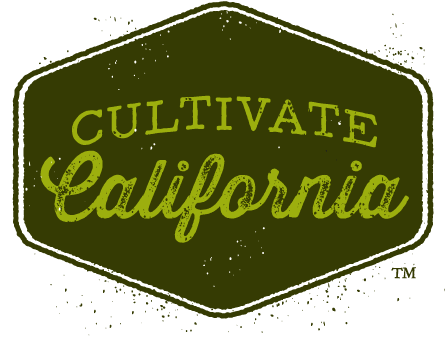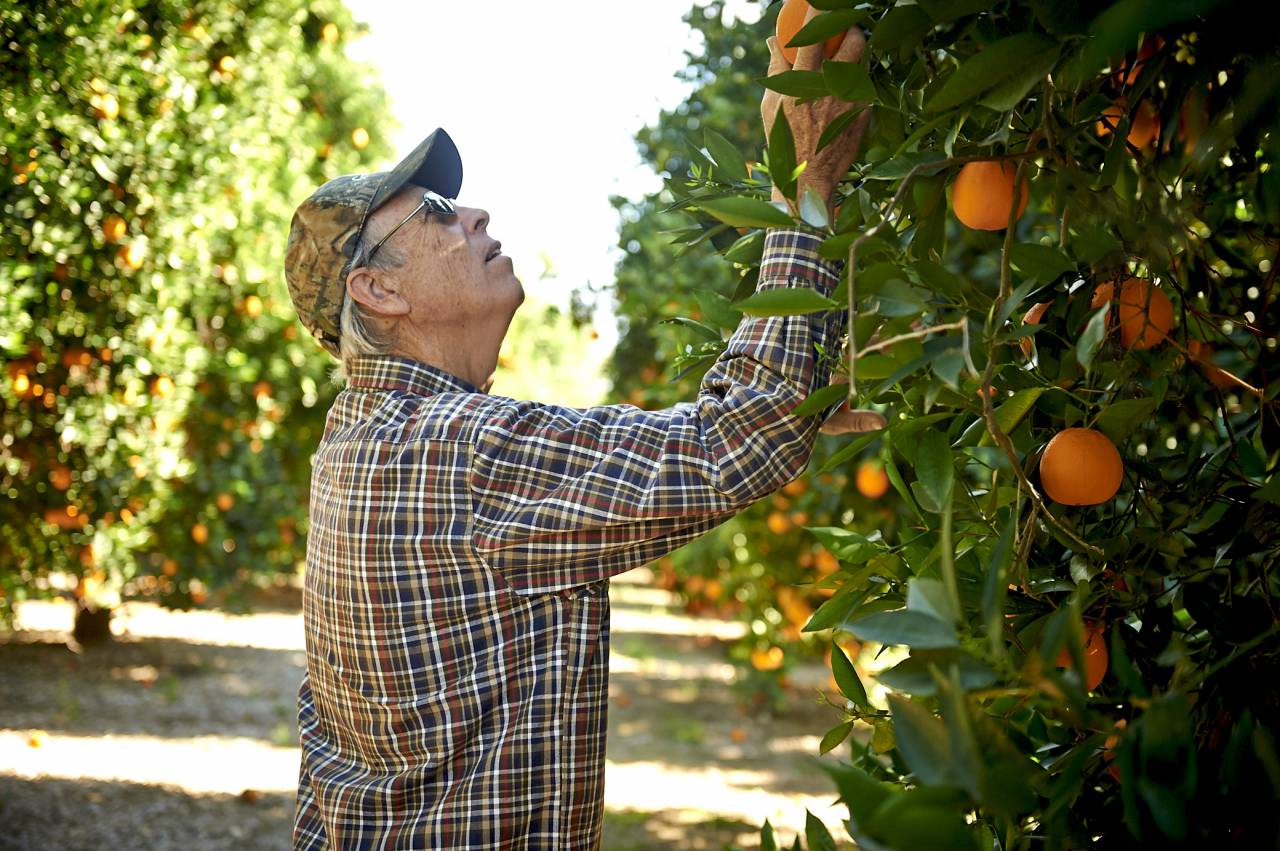California farmers and ranchers are constantly seeking new ways to innovate and apply smart thinking to how they use water
Innovation and foresight have allowed California farmers and ranchers to feed the state and the nation while using water efficiently and responsibly.
The value of California farm production increased 38 percent between 1980 and 2015 while using 14 percent less water.
The “water-footprint” of a glass of milk is 65 percent smaller today than it was 70 years ago.
During the past 20 years, almond growers have improved water use efficiency by 33 percent and have committed to another 25 percent improvement by 2025.
California farmers continually invest in irrigation technology, including new drip and micro-irrigation systems, soil moisture monitoring, remote sensing, and computerized irrigation controls.
From 1994 to 2018, the amount of land irrigated with low-volume (drip, trickle, and micro-sprinkler) irrigation in California has more than quadrupled.
In total, 48 percent of California’s 8.4 million acres of irrigated farmland are irrigated with drip, micro or subsurface irrigation. This is up from only 15.8 percent in 1991.
Local Economic Impact
A commitment to both tradition and innovation makes California the most productive agricultural state in the United States and helps stimulate economic growth. And, faced with ongoing challenging water supply conditions, California’s farmers are continuing efforts to be as water efficient as possible in a quest to grow more with less water.
California’s bounty is truly on every plate.
From vegetables, fruits, and nuts to meat, milk, fiber and ornamentals, California’s agricultural abundance includes more than 400 commodities, for many of which California is the leading producer or they are not grown at all anywhere else in the nation.
More than 50 percent of all U.S.-grown fruits, nuts and vegetables
come from the Golden State, including nearly 100 percent of 14 different crops.
California is the country's No. 1 milk producer and the leading producer of butter and ice cream.
California is the sole commercial producer of 14 different crops in the United States. These crops include almonds, artichokes, figs, garlic, raisins, olives, pistachios, walnuts, and kiwi.
A surprising number of foods are available fresh any time in California, even when they are out-of-season elsewhere. California produces artichokes, avocados, broccoli, cabbage, carrots, cauliflower, celery, lettuce, spinach, and squash all-year long.
Today one California farmer feeds 155 people, compared to just 19 people in 1940.
A commitment to both heritage and innovation makes California the most productive agricultural state in the United States and vital to the health of our local, state and national economies.
California leads the nation in agricultural production, generating more than $100 billion in economic activity each year.
Farming and ranching provides more than 829,000 jobs; but across all the businesses that farming supports, this total grows to more than 2.5 million California jobs in both rural and urban communities.
California’s agricultural community is made up of multigenerational farming families – 93 percent of California’s 76,700 farms, ranches and dairies are family owned. Ninety-nine percent of California dairy farms are family owned.









